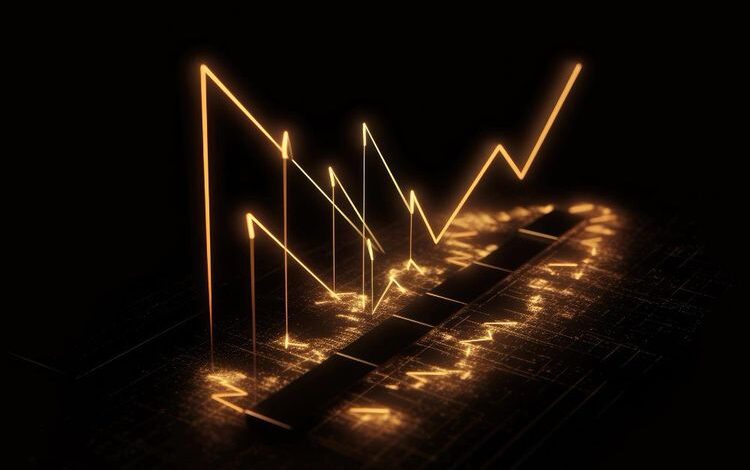Market Volatility Index Reflects Uncertain Economic Climate

In recent developments, the Market Volatility Index, commonly known by its ticker symbol ^VIX, has exhibited fluctuations that mirror the prevailing uncertainty in the economic climate. The index, which is often referred to as the “fear gauge,” measures the market’s expectation of volatility based on S&P 500 index options. It is designed to reflect investors’ consensus view of future (30-day) expected stock market volatility.
The ^VIX operates through a complex calculation that incorporates the price inputs of various S&P 500 index options over a wide range of strike prices. By aggregating the weighted prices of these options, it provides a snapshot of expected volatility. The index is a real-time market index representing the market’s expectations for volatility over the coming 30 days.
Recent observations have noted that the ^VIX has been responding to a variety of economic indicators and geopolitical events. These responses are indicative of the market’s perception of risk and uncertainty. The index’s movements are closely monitored by various market participants as they attempt to gauge the sentiment of the market and adjust their strategies accordingly.
The ^VIX is not a tradable asset but rather a measure from which products such as futures and options are derived. These derivative products are utilized by professionals to hedge against volatility or to take speculative positions based on their views of future market movements. The index itself is maintained by the Chicago Board Options Exchange (CBOE), which ensures its calculation reflects current market conditions.
The significance of the ^VIX in the current economic landscape cannot be understated. Its movements are often seen as a barometer for investor sentiment and market stability. When the index rises, it suggests an increase in volatility, and conversely, when it falls, market volatility is considered to be decreasing. This dynamic is a critical component of market analysis, providing insights into the collective expectations of market participants.
The ^VIX’s role extends beyond just a measure of volatility; it is also a tool for market participants to understand the dynamics of risk and uncertainty. In times of economic stress or instability, the index tends to rise as market participants anticipate greater volatility. Conversely, during periods of economic stability and growth, the index tends to be lower, reflecting a more confident market outlook.
The Market Volatility Index serves as a crucial indicator of market sentiment and expected volatility. Its recent movements underscore the complex interplay between economic indicators, geopolitical events, and market psychology. The ^VIX continues to provide valuable insights into the expectations and attitudes of market participants. The index remains a key focus for those monitoring the pulse of the economy and the financial markets, reflecting the ongoing narrative of risk, uncertainty, and the anticipation of future market dynamics.
Source link



